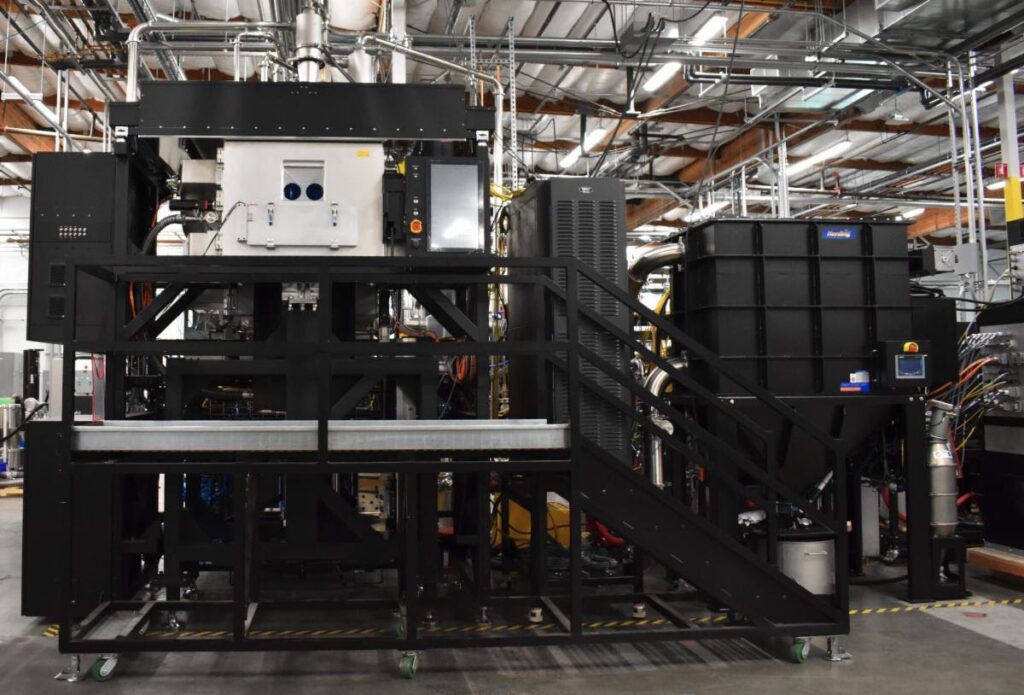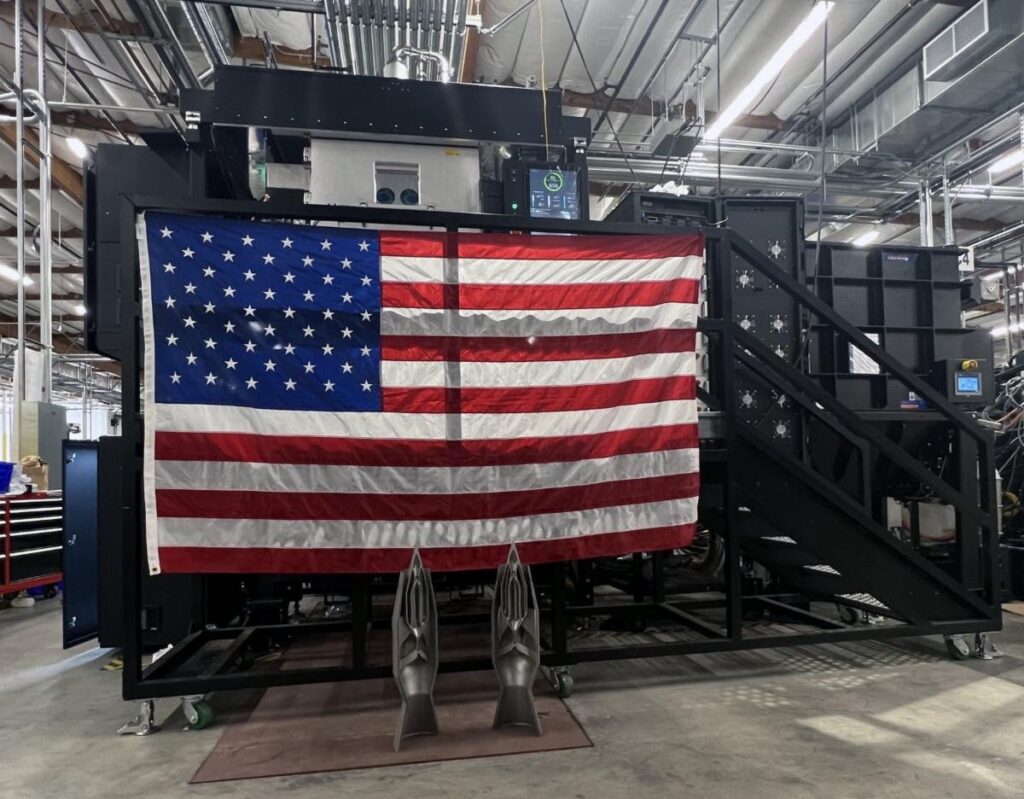Velo3D, the metal additive manufacturing (AM) original equipment manufacturer (OEM) based in Fremont, CA, has become the first metal AM OEM to achieve Green Security Technical Implementation Guide (STIG) Compliance with the US Department of Defense (DoD). Green is the highest STIG compliance rating available, enabling Velo3D’s Sapphire family of 3D printers to be connected to the DoD’s Secret Internet Protocol Router Network (SIPRNet).
To achieve Green STIG compliance, Velo3D had to score at least 90 percent via third-party testing in four key areas: network security, data security, software security, and vulnerability management. The Sapphire platform scored an average of 97 percent across all testing areas.
This allows Sapphire printers to not only connect to SIPRNet, but also to the DoD’s Non-classified Internet Protocol Router Network (NIPRNet), as well. Velo3D’s clearance for both networks means that all federal agencies and contractors utilizing Velo3D platforms can also operate their printers via their own relevant government-managed networks.

In a press release about Velo3D’s achievement of the DoD’s Green STIG compliance, Benny Buller, the CEO of Velo3D, said, “Our team at Velo3D strives to go above and beyond to meet our customers’ needs, so when customers that work with the DoD inquired about STIG compliance, we quickly went to work to achieve the highest level of certification available. I am proud of our team’s work in achieving this qualification and I am confident this will empower all our customers — but especially those that work with the DoD and other government agencies — to fully leverage the capabilities of our [AM] technology without worrying about the risk of stolen intellectual property.”

One of the most subtly notable case studies released this year in the AM world was announced back in January: Velo3D’s work with UK engineering firm IMI Critical and a team of five contract manufacturers to validate the Velo3D platform for distributed manufacturing of parts for the oil & gas sector. Going forward, I think it will become clearer and clearer to all stakeholders in the AM sector, that the ability to do this, specifically, is the biggest differentiator amongst AM platforms.
That is because, in order to reach new heights when it comes to the scale of its customer base, AM will have to demonstrate that it can accomplish truly decentralized manufacturing. At least in countries such as the US, the days of manufacturing booms that are defined by the proliferation of megasite factory complexes are likely a thing of the past.
The new rules of the game will be defined by maximization of productivity across cloud-connected manufacturing platforms. There still aren’t many OEMs that can do this consistently — and securely: Markforged is one, Velo3D is another, and that’s about it, for the US market.
It’s no secret that the newcomers in the AM sector have had a particularly rough go of it in the last couple of years, but at the same time, no one has yet seen what might happen once distributed manufacturing jumps to the forefront of demand catalysts for the AM market.
Images courtesy of Velo3D
Subscribe to Our Email Newsletter
Stay up-to-date on all the latest news from the 3D printing industry and receive information and offers from third party vendors.
Print Services
Upload your 3D Models and get them printed quickly and efficiently.
You May Also Like
TissueLabs Launches Advanced TissuePro Bioprinter for Labs Ready to Scale Up
Swiss biotech company TissueLabs has launched its most advanced bioprinter yet, the TissuePro. Built for tissue engineering and regenerative medicine, the new machine features precise multi-material printing, more automation, and...
3D Printed Microgels from Terasaki Institute Could Help Heal Tissue
In a major step forward for tissue engineering, scientists at the Terasaki Institute for Biomedical Innovation (TIBI) in Los Angeles have developed a light-based 3D printing technique that guides cells...
Auxilium Starts Human Trial for Nerve Implant First Bioprinted in Space
Auxilium Biotechnologies has officially launched a clinical trial for its proprietary NeuroSpan Bridge, a nerve-regeneration implant first bioprinted in space. The implant, created using the company’s AMP-1 bioprinter aboard the...
Parallax Volumetric Additive Manufacturing Debuts at RAPID via Manifest Technologies
Manifest Technologies is showcasing its take on volumetric additive manufacturing at this year’s RAPID+TCT event, this week in Detroit, Michigan. Manifest, formerly known as Vitro3D, spun out of the University...

































